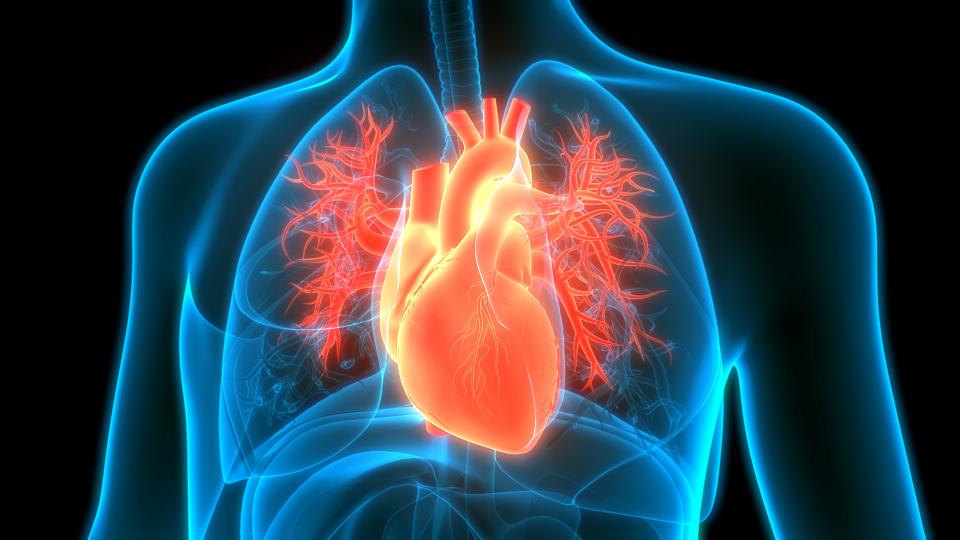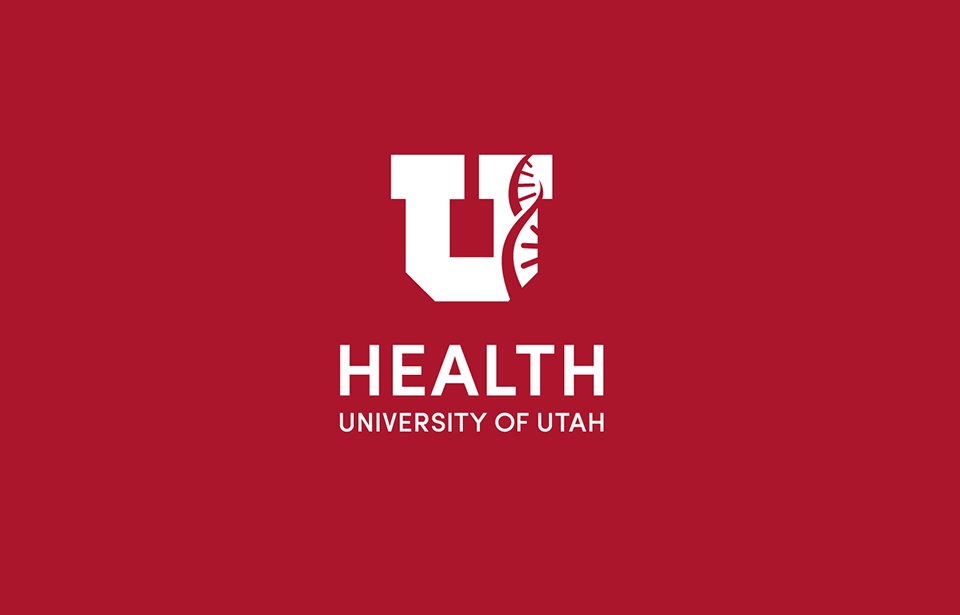What Is an Aortic Dissection?
An aortic dissection is a tear in one of the layers of the aorta. The aorta is your body’s largest blood vessel. Your aorta is made up of three layers. When a hole or tear forms in one of these layers, your aorta's inner and outer layers can split apart (dissect). As a result, blood can flow between the layers.
Is an Aortic Dissection an Emergency?
Smaller blood vessels called branches extend from your aorta. These branches allow blood to flow to the organs, nerves, and muscles throughout your body. An aortic dissection can block blood flow to the branches of your aorta. This blocked blood flow can cause poor blood flow to several areas of the body, including major organs and appendages:
-
Heart
-
Brain
-
Legs
-
Kidneys
-
Intestines
Some people need emergency surgery for dissections to stop blood leaking between aortic layers. The type of treatment you’ll need depends on your symptoms and the location of the dissection.
Aortic Dissection vs. Aneurysm
An aortic aneurysm is a weakened spot in your aorta that leads to a bulge. An aortic dissection is a tear in your aortic lining. Having an aortic dissection can increase your risk of developing an aneurysm.
Virtual Visits
Our specialists are available to meet virtually with you. Feel free to make an appointment with us.
Aortic Dissection Symptoms and Signs
Aortic dissections can cause several symptoms:
-
Back pain
-
Chest pain
See a doctor if you experience any of these symptoms. Seek emergency medical care if you experience any warning signs of a severe problem:
-
Loss of consciousness
-
Pain that feels like a tearing sensation in your upper back and chest
-
Sudden, sharp, intense pain
Types of Aortic Dissection
There are two main types of aortic dissection: ascending and descending. Aortic dissections can be acute (sudden) or chronic (long-term).
Ascending Aortic Dissection
An ascending aortic dissection affects the part of your aorta that branches off from your heart. It’s also called a type A aortic dissection.
A type A dissection can affect blood flow to your heart. It can also affect blood flow to the branches supplying blood to your arms and brain. An ascending aortic dissection is a medical emergency that needs surgery.
Descending Aortic Dissection
A descending aortic dissection affects the part of your aorta that runs down through your chest and into your abdomen. It’s also called a type B aortic dissection.
A type B dissection can involve many different aortic branches. Treatment depends on what branches the dissection affects. You need emergency surgery if the dissection blocks blood flow to the branches. Usually, the main goal of long-term treatment is to prevent the dissection from growing.
Acute Aortic Dissection
Both type A and B aortic dissections can be acute. An acute dissection causes sudden back or chest pain. It requires emergency medical attention.
Chronic Aortic Dissection
A chronic dissection means you have had a dissection for three months or longer. Even after surgery, sometimes a dissection remains. Your vascular surgeon will monitor it over time to see if it is growing.
You need to control your blood pressure to prevent the dissection from growing. The dissection can weaken the wall of your aorta. This weakened wall can grow and may develop into an aneurysm, which could rupture (leak).
Find an Aortic Disease Surgeon
What Causes Aortic Dissection?
An aortic dissection happens when you have a weak spot in the wall of your aorta. This often develops because of uncontrolled high blood pressure. A traumatic injury such as one from a car accident can also lead to a dissection.
Aortic Dissection Risk Factors
Several conditions can increase your risk of an aortic dissection:
-
Aortic coarctation
-
Atherosclerosis
-
Bicuspid aortic valve
Some people may also be more likely to develop the condition:
-
People who smoke
-
High-intensity weightlifters
-
Men, especially those over 60
-
People who use cocaine
-
Pregnant women
-
Those with a family history of aortic dissections, aneurysms, or connective tissue disorders
Aortic Dissection Diagnosis
Aortic dissections are diagnosed using CT scans. A CT scan is a noninvasive imaging test. You’ll receive an injection of contrast dye before the scan. This dye will help your doctor see your aorta and other blood vessels more clearly.
Together, you and your provider will discuss the results of your tests.
Aortic Dissection Treatment
Your treatment plan depends on what type of dissection you have and what parts of your aorta it affects. Some people need emergency surgery, while others need monitoring and medication.
Cardiac surgeons, vascular surgeons, and physicians trained in interventional procedures often work together to treat your aorta. They may use open surgery or endovascular techniques, where they insert catheters (thin, flexible tubes) through your blood vessels. Your treatment depends on the location of your dissection and which branches it involves.
Aortic Dissection Medication
Some aortic dissections respond well to medications. These medications lower your blood pressure and heart rate. Medication can help prevent an aortic dissection from worsening. You will need regular follow-up to make sure the dissection isn’t growing.
Aortic Dissection Surgery
Treatment may involve replacing the damaged part of your aorta. There are a few different materials that may be used:
-
A synthetic material (graft)
-
A stent-graft (metal structure covered with graft material)
-
A combination of a graft and stent-graft
Why Choose University of Utah Health?
At U of U Health, our aortic disease team provides comprehensive care for aortic dissections. We are specially trained to diagnose and treat all dissections, no matter where they are or what branches they affect. We provide nonsurgical management along with open and endovascular procedures. If your dissection isn’t an emergency, we can often discuss your treatment in a virtual visit.
We provide coordinated, high-quality care that focuses on you and your family. Our research involvement offers eligible patients access to the newest promising treatment options.
Schedule an Appointment with Our Specialists
Call 801-581-3495 to make an appointment with our aortic team. You don’t need a provider referral. We will order your imaging tests if you haven’t already had them.








